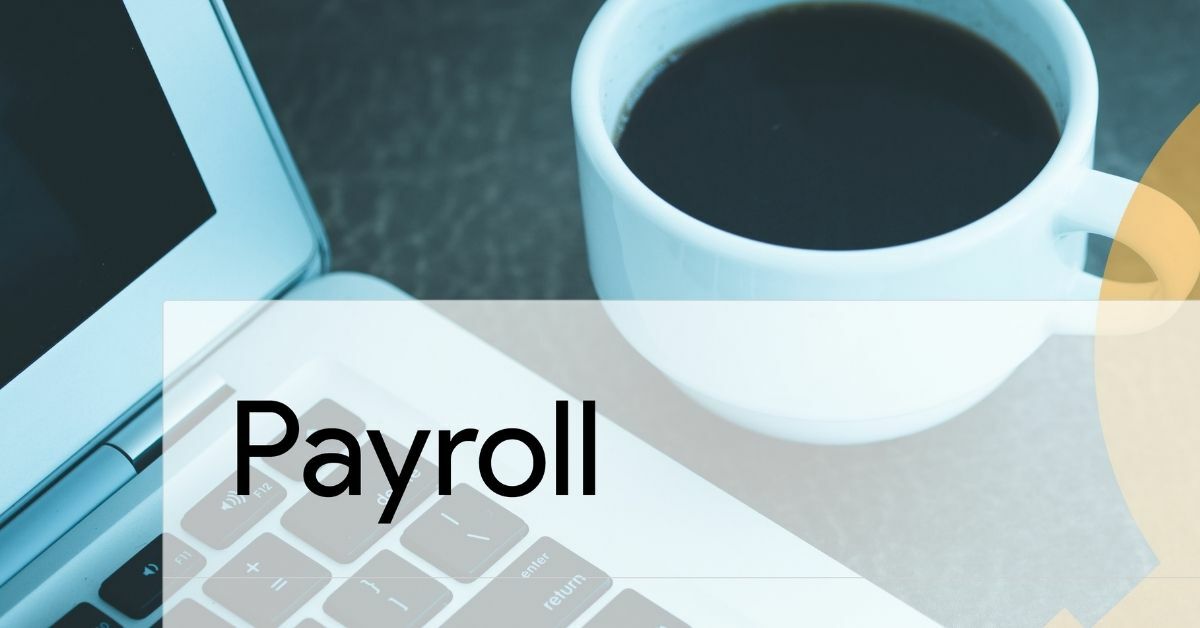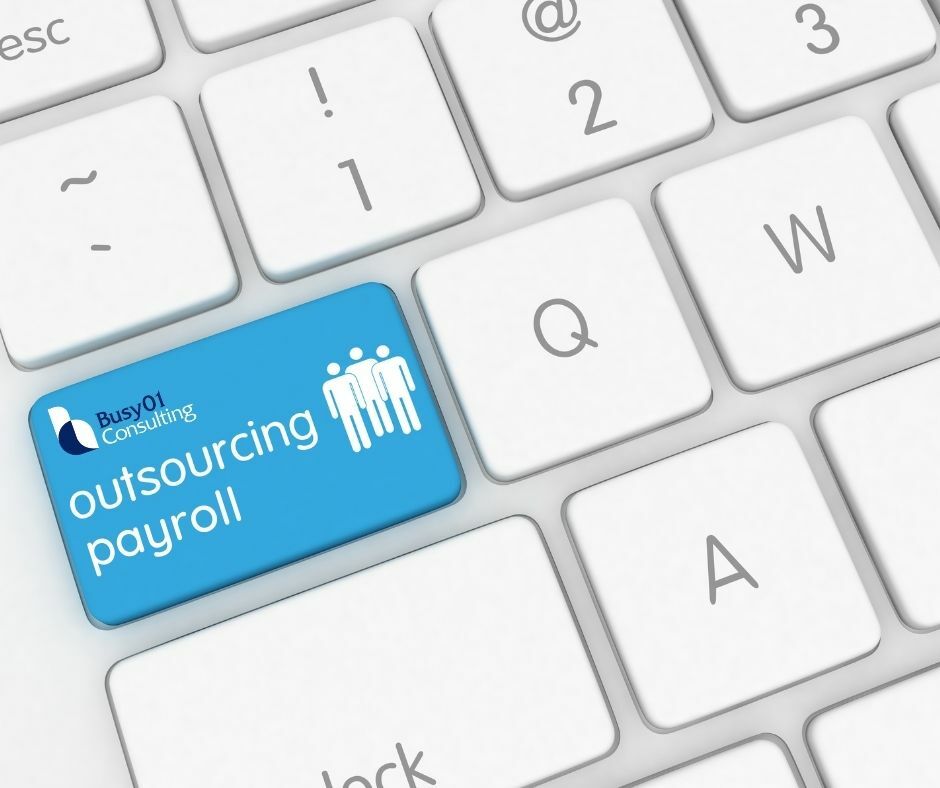
Single Touch Payroll Phase 2 is Nearly Here
Single Touch Payroll Phase 2 Expansion is Nearly Here!
The expanded Single Touch Payroll (STP) Phase 2 is due to start on 1 January 2022.
However, the ATO has recently announced that there will be some flexibility with the reporting start date being allowed up to 1 March 2022 if the business is not ready by 1 January.
Businesses must now report all employees via STP. Plus, concessional reporting options are no longer available unless the employer has extraordinary circumstances.
It's important to note that employers should be reporting STP to the ATO on the day they pay employees.
What’s New with the Expanded Phase 2?
The STP Phase 2 report includes extra fields to allow for more detailed payroll information. The additional details enable the data to be reported to multiple government agencies using standard payroll categories.
This means the government agencies receive accurate data directly from the employer without extra forms or time-consuming administration.
STP Phase 2 Improvements
- More income types and related special tax treatment.
- Reporting gross pay in separate elements such as bonus, commission or overtime.
- New employee tax file number declarations lodged directly with the ATO.
- Employee termination information.
- Clearer superannuation and lump sum payment reporting.
- Easier for employees at tax time and when dealing with government agencies.
- Better matching employer payroll data, employee tax return information, government agency payments and business activity statements.
The main payroll software providers are now bringing in phase 2 reporting categories, and in some cases, the changes have already happened in the background.
If you’re not already using an STP enabled payroll product, or you want to upgrade your software, talk to us about implementing a solution to make STP reporting quick and easy.
We can set you up with the right software or submit all the reports on your behalf.








